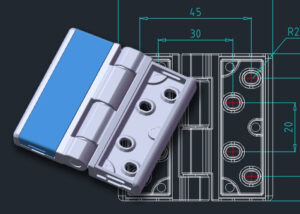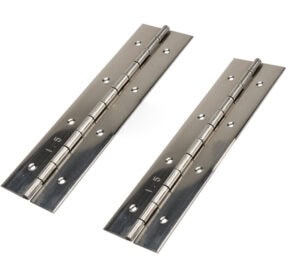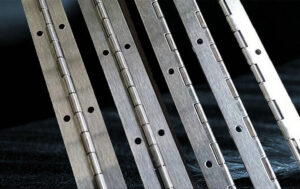Designing heavy-duty hinges incorrectly can lead to operational failure, causing expensive damage and downtime. Properly engineered hinges ensure strength, durability, and smooth performance for industrial applications.
To design a special heavy-duty hinge, focus on selecting strong materials, ensuring precise load-bearing capacity, and accounting for environmental factors like temperature, corrosion, and movement.
Let’s dive into the critical factors required for designing a heavy-duty hinge.
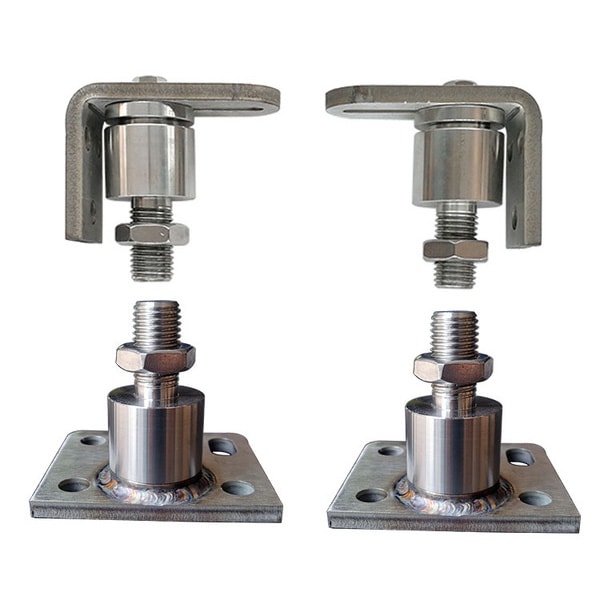
What Defines a Heavy-Duty Hinge?
Heavy-duty hinges are essential in applications requiring greater support and longevity than standard hinges can provide. They are used in industrial and specialized environments, such as cold storage room hinges or industrial-grade oven hinges, where strength and resistance to wear are crucial.
The fundamental aspects that define a heavy-duty hinge include its material, load-bearing capacity, and design features. Typically, these hinges are made from robust materials like steel or brass, and their build allows them to bear loads from doors or panels weighing hundreds of kilograms.
Material Selection for Heavy-Duty Hinges
Choosing the right material is paramount in heavy-duty hinge design. The most common materials for these hinges include stainless steel, carbon steel, and brass, all of which offer high levels of strength and durability. Marine hinges, for instance, use stainless steel due to its corrosion resistance in marine environments.
Stainless steel is the preferred choice for applications where moisture or chemical exposure is prevalent. On the other hand, reinforced alloys can be used in environments requiring exceptional durability, such as high-heat areas, where typical materials may fail.
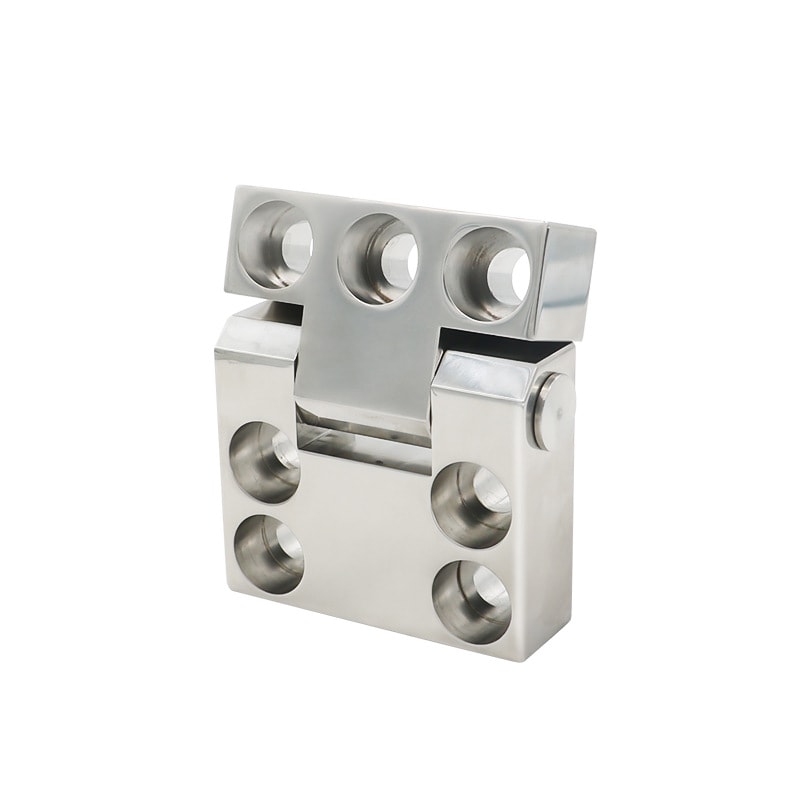
Load-Bearing Capacity and Door Weight Calculations
To ensure that your heavy-duty hinge can perform as expected, precise calculations of load-bearing capacity are essential. This involves assessing the weight of the door or panel that the hinge will support, as well as any additional forces that may come into play, such as wind pressure or frequent movement.
For particularly heavy doors, such as those found in industrial ovens or cold storage units, calculating the dynamic load is critical. Designers must consider both static loads (the weight of the door) and dynamic forces (motion and impact), ensuring that the hinges can handle continuous use without wear or failure.
Hinge Pin and Pivot Design Considerations
The hinge pin is a critical component that dictates the movement and longevity of the hinge. In heavy-duty applications, the pin must be robust, often made of hardened steel, and designed to resist bending under extreme pressure. Proper alignment of the pivot mechanism minimizes wear and ensures smooth operation.
The pivot design should allow for efficient movement even under heavy load conditions. Whether it’s for trailer door hinges or industrial machine doors, the design should balance strength with fluid movement.
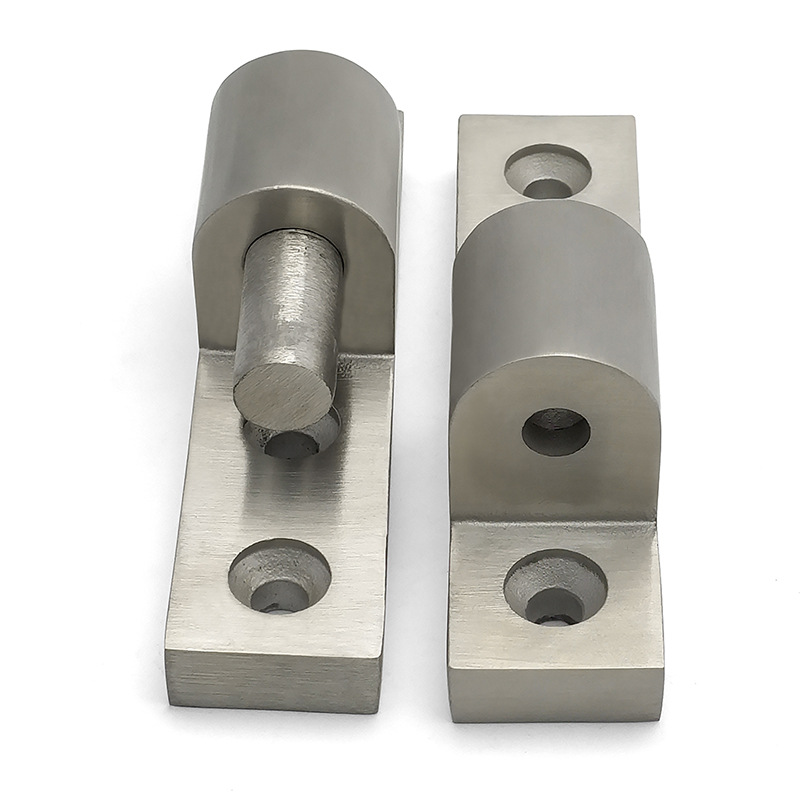
Environmental Conditions: Heat and Cold Resistance
Environmental factors such as temperature must be considered in heavy-duty hinge design. Hinges used in extreme heat, like those on industrial-grade oven hinges, need to be heat-resistant, while those used in cold storage require materials that maintain their integrity in freezing temperatures.
Designing for extreme environments involves selecting materials that can withstand temperature fluctuations without warping, rusting, or weakening. Heat-resistant alloys or stainless steel with special coatings are ideal for these types of conditions.
Corrosion Resistance and Durability
In many industrial applications, exposure to moisture, salt, or chemicals can degrade hinge materials. For this reason, heavy-duty hinges often incorporate corrosion-resistant features such as stainless steel construction or protective coatings like zinc plating.
Corrosion resistance is critical in environments where hinges are exposed to moisture, such as marine hinges or external heavy-duty doors. High-quality coatings help ensure the longevity of the hinge by preventing rust and other forms of deterioration.
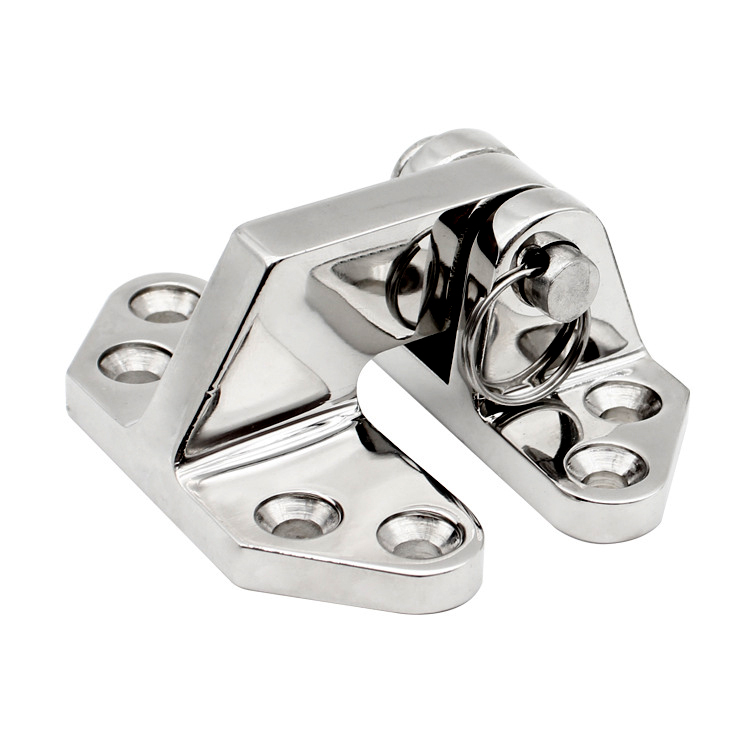
Calculating Door Hinge Placement and Quantity
Proper hinge placement plays a vital role in distributing the weight of the door evenly across all hinges, thereby prolonging the life of both the door and the hinges. The typical guideline for heavy-duty doors is to use at least three hinges, although additional hinges may be required for larger or heavier doors.
The spacing and positioning of these hinges should be calculated to balance the door’s weight, ensuring that no single hinge is overstressed. This is especially important for oversized doors or industrial applications, where hinge failure could lead to significant operational issues.
Testing and Certifications for Heavy-Duty Hinges
When designing heavy-duty hinges, it’s crucial to ensure they meet industry standards, such as Grade 3 or Grade 7 ratings, which guarantee that the hinges are suitable for bearing specified loads. Certifications and testing validate the hinge’s ability to perform under real-world conditions.
Conducting stress tests and ensuring compliance with industry standards can prevent failures and ensure that the hinge will hold up to its intended use. Testing for endurance, resistance to wear, and overall strength are necessary steps in the design process.
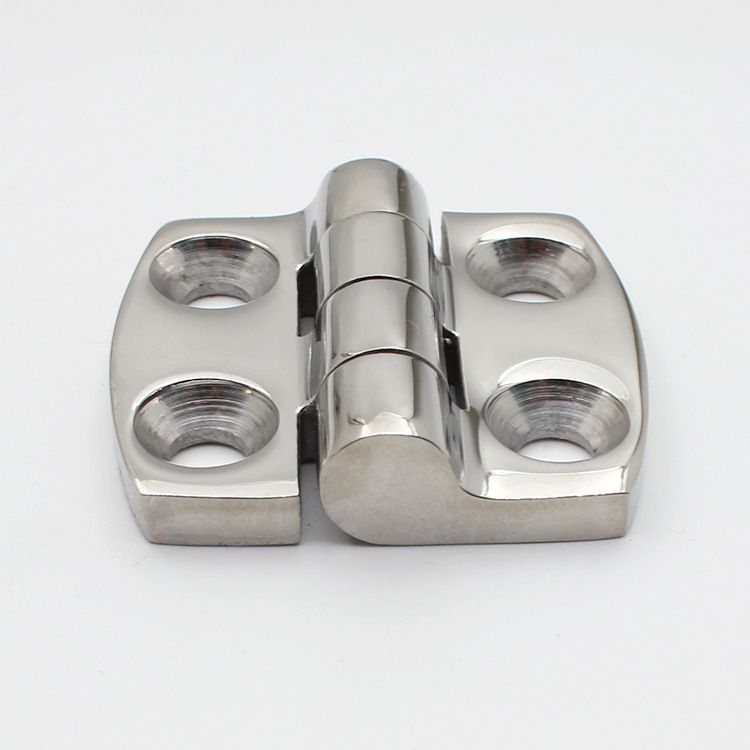
3D Printing in Hinge Design Prototyping
3D printing technology has revolutionized the prototyping process for hinge design. Designers can quickly create prototypes and test designs in real-world conditions before mass production, significantly reducing development time.
In heavy-duty applications, metal 3D printing can even be used to create fully functional hinge prototypes. This allows for rapid testing and iteration of custom hinge designs, such as detachable hinges for industrial machinery or specialized equipment.
Customization for Specialized Applications
Certain applications require more than just a standard heavy-duty hinge. Industries like aerospace, marine, and cold storage may demand custom solutions that incorporate unique features such as self-lubricating pins, adjustable tension, or specific mounting configurations.
Custom hinges designed for specific environments or operations—like climatic test chamber hinges—offer additional functionality and durability, ensuring that the hinge meets the exact needs of the application.
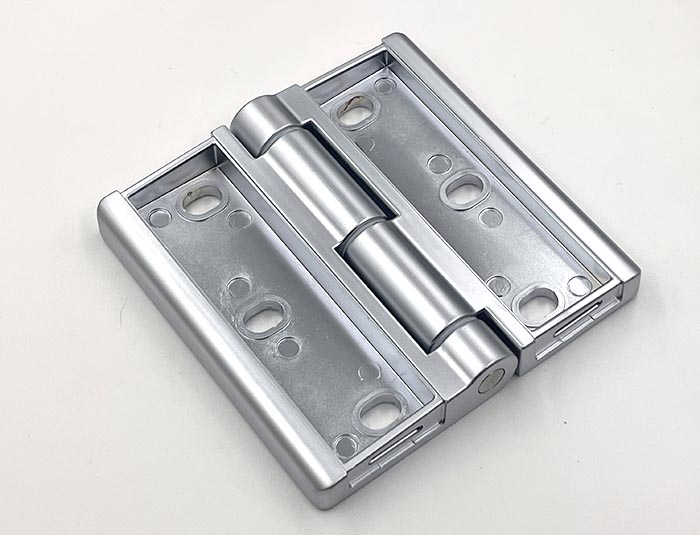
Conclusion
Designing a special heavy-duty hinge requires a thorough understanding of materials, load calculations, environmental considerations, and testing to ensure reliable performance in demanding industrial applications. Proper planning guarantees that the hinge will perform its function for years to come, even in the harshest conditions.

